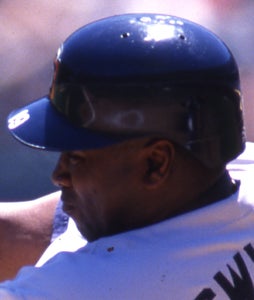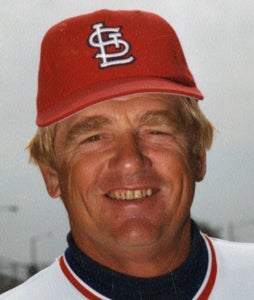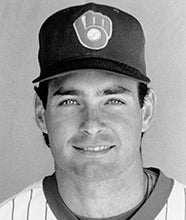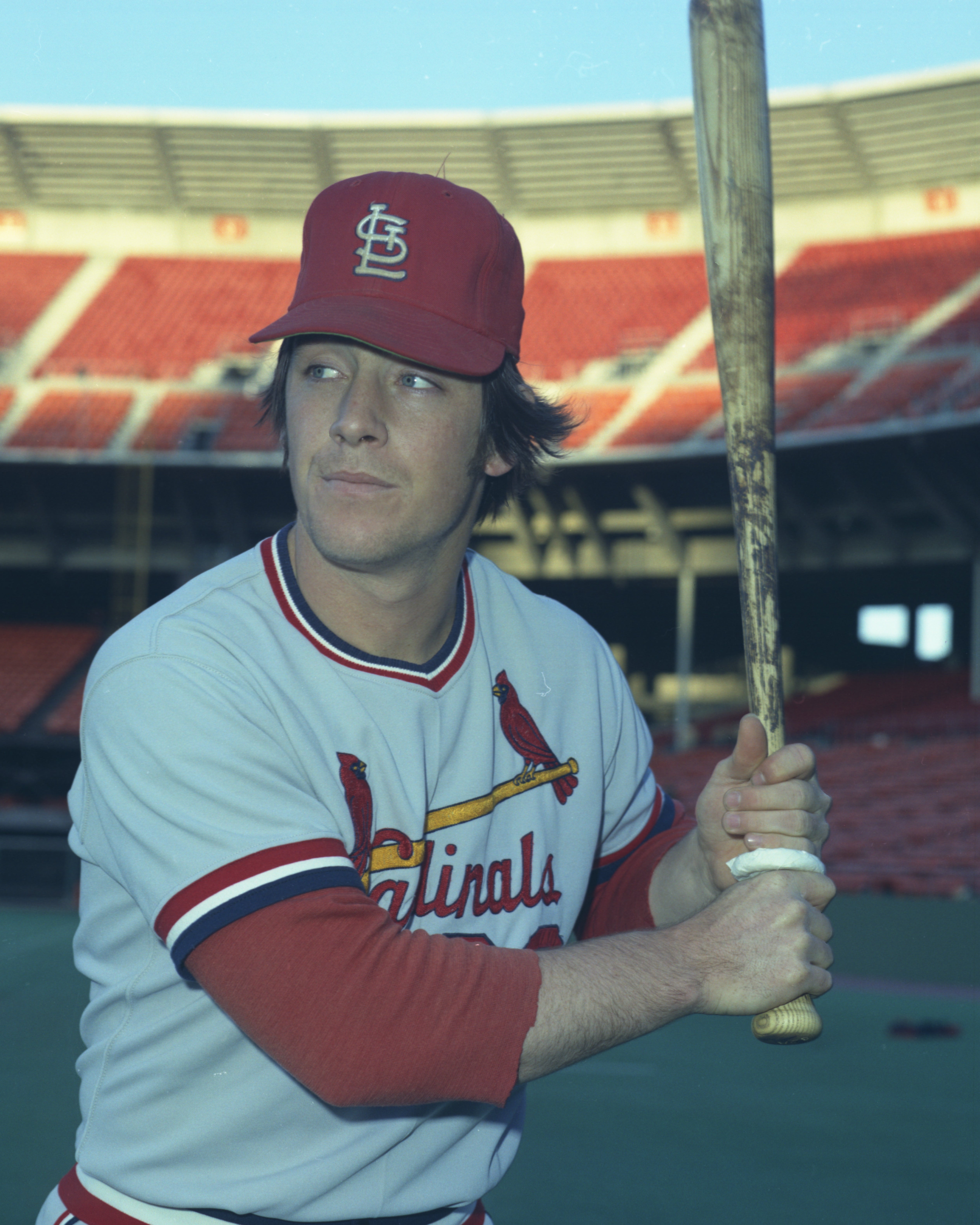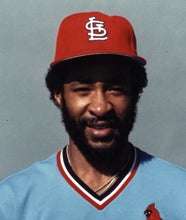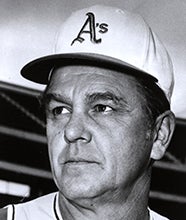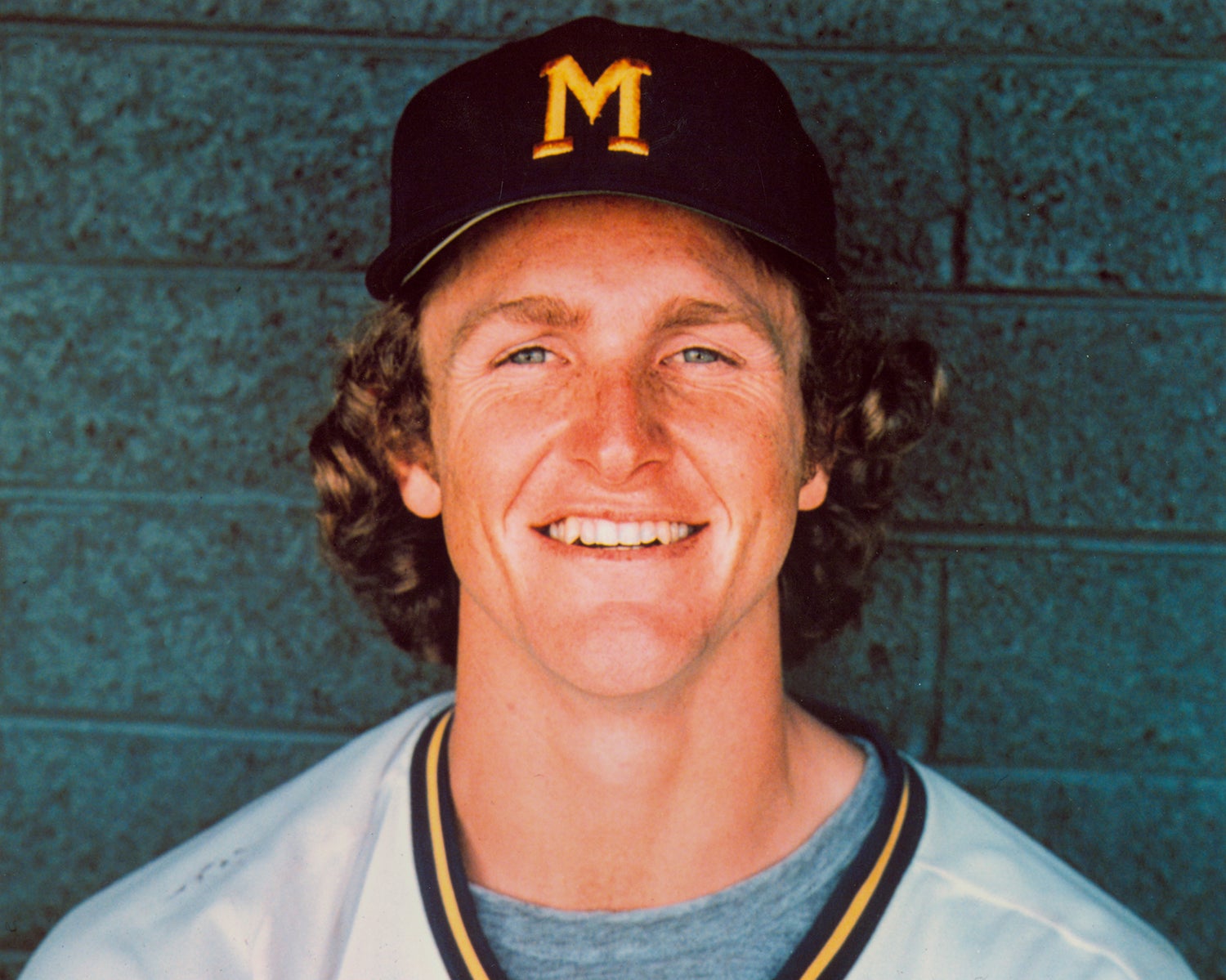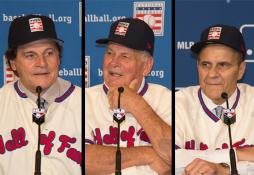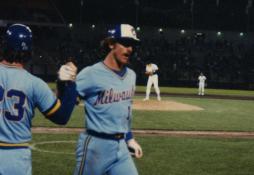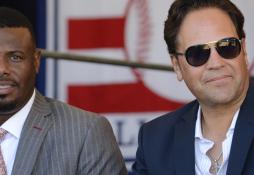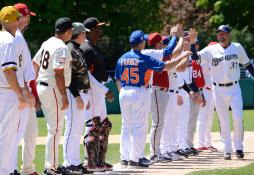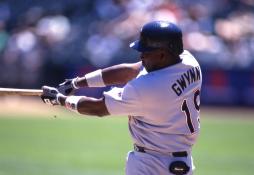- Home
- Our Stories
- #CardCorner: 1976 Topps Sixto Lezcano
#CardCorner: 1976 Topps Sixto Lezcano
In one 364-day span, Sixto Lezcano was traded twice in deals which brought three future Hall of Famers in return for the talented right fielder from Puerto Rico. And though he never earned a bronze plaque in Cooperstown, Lezcano carved out an impressive 12-year big league career where he was regarded as one of the game’s most toolsy right fielders.
The fourth of 10 children, Lezcano was born Nov. 28, 1953, in Arecibo, Puerto Rico. After honing his skills in American Legion ball, Lezcano signed with the Brewers at the age of 16 on Oct. 1, 1970 by scout Felix Delgado.
Hall of Fame Membership
There is no simpler, and more essential, way to demonstrate your support than to sign on as a Museum Member.
Be A Part of Something Greater
There are a few ways our supporters stay involved, from membership and mission support to golf and donor experiences. The greatest moments in baseball history can’t be preserved without your help. Join us today.
“Things were pretty tight,” Lezcano told the St. Louis Post-Dispatch of his childhood, where his father worked for local municipalities and his mother was a homemaker.
But once he began playing pro ball, his skills brought him newfound fortune. He hit .290 in 53 games with Newark in the Class A New York-Penn League in 1971, working hard along the way to learn English. He showed off his all-around ability with Danville of the Midwest League in 1972, hitting .270 with 10 homers, 20 doubles and 21 steals in 114 games.
Next stop: Double-A Shreveport of the Texas League in 1973, where Lezcano hit .293 with 35 doubles, 18 homers and 90 RBI in 134 games. Then in 1974, Lezcano was part of a Triple-A Sacramento team that hit 305 home runs but also posted a 6.70 team ERA. Lezcano hit .325 with 34 home runs and 99 RBI while fellow Brewers outfield prospect Gorman Thomas hit 51 home runs and drove in 122 runs – neither of which led his own team.
Journeyman infielder Bill McNulty, who played a total of nine games for the Athletics in 1969 and 1972, led the Solons with 55 home runs and 135 RBI. The team played in a converted football stadium where the left field fence was listed by some measurements as less than 250 feet from home plate.
Called up to the big leagues on Sept. 5, 1974, Lezcano debuted five days later and recorded three hits, including a walk-off single in the bottom of the 10th inning off Grant Jackson, as the Brewers defeated the eventual American League East champion Orioles 6-5.
“I won’t forget this one,” Lezcano told the Associated Press after his memorable first game. “My first hit, then the last one. Well, that won’t be the last one. I hope.”
Lezcano appeared in 15 games down the stretch for the Brewers, hitting .241 with two homers and nine RBI. In 1975 at the age of 21, Lezcano was named Milwaukee’s Opening Day right fielder by manager Del Crandall.
“He might not hit .300 the first year in the majors,” Brewers hitting coach Harvey Kuenn told the Wisconsin State Journal late in the 1974 season about Lezcano. “But after that he could. He’ll be a good one.”
Lezcano hit .247 in 134 games in 1975 with 19 doubles, 11 homers and 43 RBI. He was also fifth in the American League among right fielders with 10 assists, showing off his powerful throwing arm that would one day be known among the game’s best.
But another problem that would haunt Lezcano surfaced that year as well: He was suspended twice by the Brewers for what the team called a lack of effort. Lezcano left the team after the second suspension, which came on Sept. 22 when Crandall called on Lezcano to pinch run in a game against Cleveland but Lezcano demurred.
“They’re trying to get my paycheck,” Lezcano said.
Crandall, meanwhile, was dismissed with one game left in the season and replaced by Alex Grammas for the 1976 campaign.
“This organization, because we need good, young ballplayers, has been patient with players who seem to have potential,” Crandall told the Associated Press following the incident in Cleveland. “However, (Lezcano) will have to make some adjustments in his thinking if he’s going to come back and contribute on a winning basis.”
Grammas named Lezcano as the Brewers’ Opening Day center fielder in 1976, and Lezcano remained in center until mid-May, when Grammas moved him to left field. By August, Lezcano was back in his customary right field spot – and he finished the year with a .285 batting average, 19 doubles, seven homers, 56 RBI and 14 steals in 145 games.
“They finally found I’m a better right fielder than any other position,” Lezcano told the Kenosha News.
In 1977, Lezcano made national news when he homered on Sept. 21 against the Mariners. It was the 3,430th MLB homer of the season, breaking the record set in 1970. Lezcano’s bat he used to hit that homer – his 19th of the season – was donated to the Hall of Fame.
“When I hit the home run, I didn’t know anything about the record,” Lezcano told the AP. “They had to tell me later. I just hope that someday I can set a major league record and know about it, too.”
Lezcano finished with 21 home runs in just 109 games that year – missing almost six weeks of games in the second half of the season after suffering a broken left hand when he was hit by a pitch from the Yankees’ Mike Torrez on July 22. His .503 slugging percentage would have been among the Top 25 in the American League had he had enough at-bats to qualify.
In 1978, Lezcano battled leg and shoulder injuries but still hit .292 with 15 homers and 61 RBI in 132 games while leading AL right fielders with 18 assists. During the season, the Brewers extended Lezcano’s contract through the 1981 campaign.
“We feel Sixto is already one of the best outfielders in the American League,” Brewers general manager Harry Dalton told the AP. “He likes to play in Milwaukee and we want him as a definite part of our future.”
Then in 1979, Lezcano fulfilled his promise while hitting out of the No. 6 hole for most of the season in a deep Brewers lineup that also featured Cecil Cooper, Gorman Thomas and future Hall of Famers Paul Molitor and Robin Yount. Lezcano batted .321 with 29 doubles, 28 homers and 101 RBI, posting a .414 on-base percentage on the strength of 77 walks while finishing third in the league with a .573 slugging percentage.
In the field, Lezcano’s assist total dropped to nine as baserunners became leery of testing his arm. But he was rewarded for his play with a Gold Glove Award.
“What a fantastic year (Lezcano) has had,” Brewers manager George Bamberger told the AP late in 1979. “What can anyone say about Sixto Lezcano that hasn’t been said already?”
Following the season, the Brewers again extended Lezcano’s contract – this time with a five-year deal worth a reported $200,000 a season that carried him through the 1984 campaign.
Lezcano began the 1980 season looking like a repeat of 1979 was on the horizon as he homered twice – including a grand slam – and drove in six runs in a 9-5 win over Boston on Opening Day. But after driving in another three runs in the season’s second game, Lezcano slumped to a .229 mark – enduring a 5-for-56 stretch at the plate during the summer. Finishing with 18 homers and 55 RBI in 112 games, Lezcano suffered through critiques from the fans and media.
On Dec. 12, 1980, the Brewers sent Lezcano, David Green, Dave LaPoint and Lary Sorensen to the Cardinals in exchange for future Hall of Famers Rollie Fingers and Ted Simmons, along with Pete Vuckovich.
In the spring of 1981, Lezcano was hopeful that he could put the previous season behind him and start anew with the Cardinals.
“Last season,” Lezcano told the St. Louis Post-Dispatch, “is over. They traded three big guys for me. I’ll be trying hard for my pride and for the people who put that much interest in me.”
But after hitting .266 with five homers and 28 RBI in 72 games while splitting time between left and right field in 1981, Lezcano fell out of favor with manager Whitey Herzog, who aggressively shopped him as soon as the season ended.
“A lot of people like Sixto,” Herzog told the Post-Dispatch in a story that speculated that the Orioles' Mike Flanagan or Astros' Bob Knepper could be fetched in return for Lezcano. “It hasn’t got down to (dealing) time yet.”
But on Dec. 10, Herzog found his deal when Lezcano was involved in the trade that was essentially future Hall of Famer Ozzie Smith for Garry Templeton. Suddenly, Lezcano was playing for his third team in three years.
“It was a lack of confidence,” Lezcano said of his struggles in 1981. “Whitey didn’t play me and I lost my confidence. When the season started, he started playing me in left field and platooning me with Dane Iorg and Tito Landrum.”
Back in right field with the Padres, Lezcano had his last starring season in the big leagues – hitting .289 with 26 doubles, 16 homers, 84 RBI and a .388 on-base percentage. But he missed the final two weeks of the season after being hit on the hand by Dodgers’ pitcher Bob Welch. Meanwhile, rookie Tony Gwynn had arrived and immediately impressed San Diego manager Dick Williams.
Lezcano’s playing time was limited in 1983 as Gwynn began establishing himself as a star, and on Aug. 31 the Padres traded Lezcano to the Phillies for players to be named later. The trade reenergized Lezcano, who hit .282 down the stretch as the Phillies rallied to win the NL East crown.
“The day we acquired Lezcano, we really helped ourselves against left-handed pitchers,” Phillies scout Hugh Alexander, who pushed to acquire Lezcano, told the Sunday News Journal of Wilmington, Del. “We needed Sixto’s bat.”
Seeing postseason action for the first time, Lezcano hit .308 with a home run and two RBI in the NLCS vs. the Dodgers – padding Philadelphia’s four-run lead with a two-run homer in the sixth inning of Game 4. The Phillies went on to win 7-2 to advance to the World Series.
“That’s what every big leaguer dreams of: To play in the World Series,” Lezcano said. “As soon as I got here, that’s what I was shooting for.”
Lezcano had just one hit in eight at-bats in the World Series, however, as Baltimore defeated Philadelphia in five games.
Lezcano hit .277 with 14 homers and 40 RBI in the final year of his contract in 1984. On Jan. 22, 1985, Lezcano signed a two-year deal with the Pirates worth a reported $925,000. It turned out to be a difficult marriage as Pittsburgh bottomed out with 104 losses that year with a veteran-heavy lineup.
Pittsburgh began trading away many of their established players that summer in a rebuilding effort, and Lezcano batted just .207 with three homers and nine RBI in 72 games.
On April 4, 1986, the Pirates released Lezcano. He gave Japan a try in 1987, signing with the Taiyo Whales in April for a reported $214,000. But by May, Lezcano decided to return home.
“I couldn’t show power as in the past,” Lezcano told a Whales club official after hitting .217 with three homers in 20 games.
With that, Lezcano’s pro career came to a close. He finished his 12-year MLB stint with a .271 batting average, 148 home runs, 591 RBI and a .360 batting average.
And though he battled at times to find his place in the game, Lezcano stayed true to himself throughout the journey.
“They call me moody. Why should I try to talk them out of it?” Lezcano said. “Let them make the adjustment. I won’t adjust to anybody. Your best friend is yourself.”
Craig Muder is the director of communications for the National Baseball Hall of Fame and Museum
Related Stories

#CardCorner: 1980 Topps Ben Oglivie

#CardCorner: 1980 Topps Gorman Thomas

#CardCorner: 1981 Topps Cecil Cooper

#CardCorner: 1988 Topps Bob Boone

#CardCorner: 1982 Topps Bill Campbell
Mentioned Hall of Famers
Related Stories
Fan Favorite Ozzie Smith Hosts 14th Edition of Hall of Fame Weekend Tradition PLAY Ball
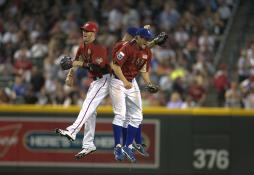
High and Low Draft Roads Lead to Cooperstown
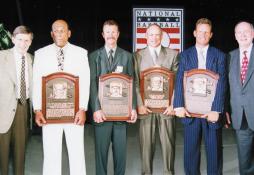
Brett, Ryan, Yount express mutual respect after first-ballot elections
Hall of Fame Legends Boggs, Gossage, Fingers, Marichal, Niekro and Smith Headed to Cooperstown for Classic Weekend, May 26-28
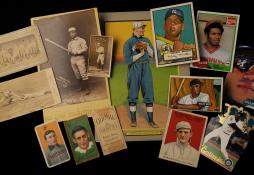
#CardCorner: 1976 Topps Sixto Lezcano
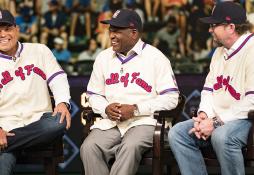
Hall call thrilled Raines, Rodríguez and Bagwell

#CardCorner: 1976 Topps Sixto Lezcano
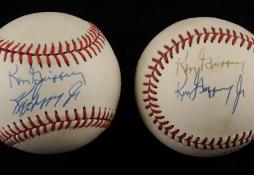
Class of 2016 recalls their fathers’ influence
Museum Partners with Artist Bill Purdom for 75th Anniversary Artwork
Museum Partners with Artist Bill Purdom for 75th Anniversary Artwork
01.01.2023
2015 HALL OF FAME BALLOT OUT TODAY
01.01.2023
Hall of Fame’s BASE Race Returns to Doubleday Field May 23 as Part of Hall of Fame Classic Weekend
01.01.2023
Stars Return to Cooperstown May 27 for Ninth Annual Hall of Fame Classic
01.01.2023





